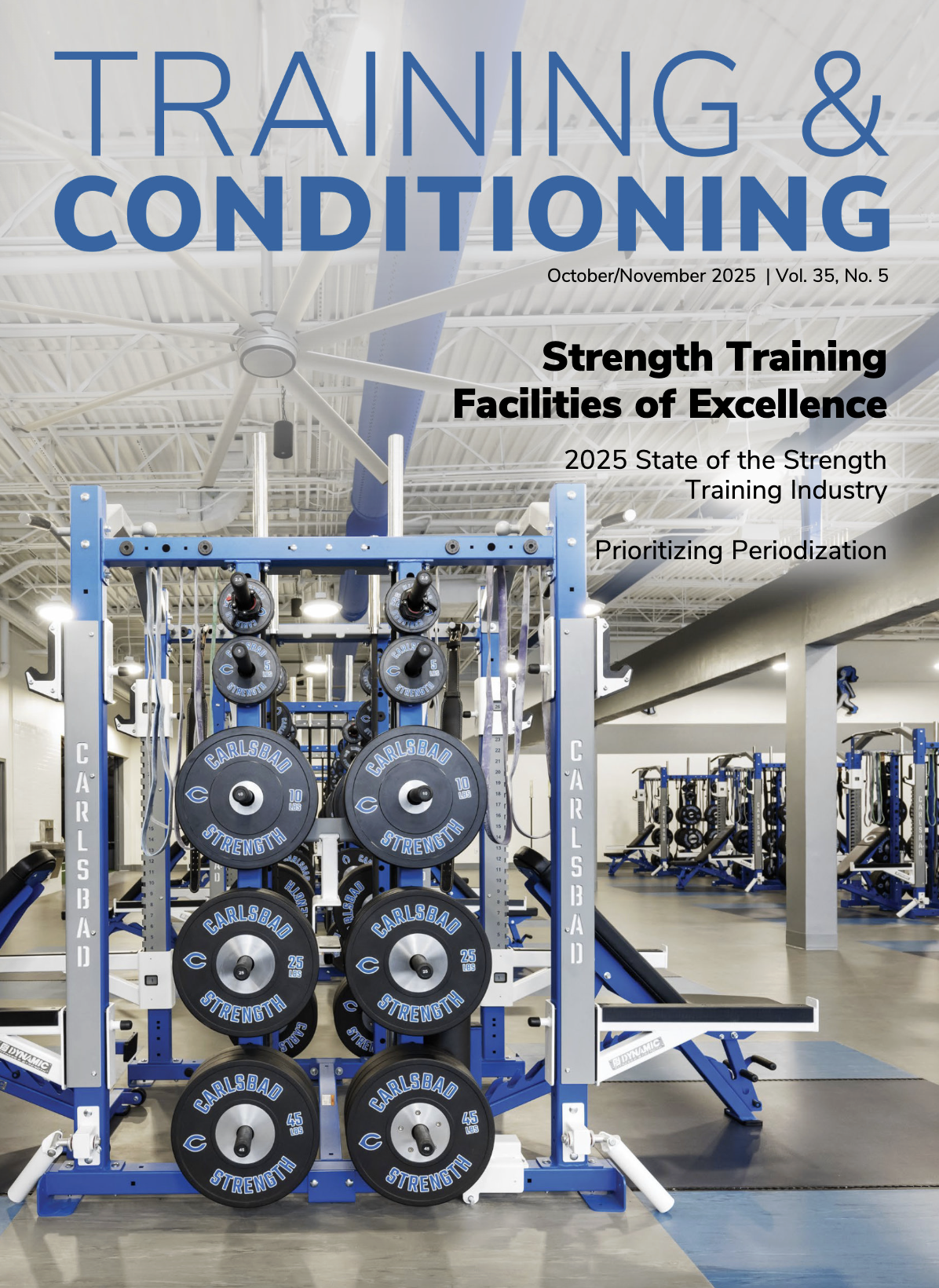Oct 16, 2025Weight management for wrestlers
The culture of weight management in wrestling has historically been driven by the passing of anecdotal evidence from one wrestler or coach to another. In the process, wrestlers become accustomed to the practices used by an older teammate or their coach when they were competitors.
When that same wrestler later becomes a coach, they often pay these nutrition and weight management experiences forward, thus carrying the cycle onward. Similarly, families of wrestlers commonly pass on dietary weight loss habits that have worked well for their child to the next child or share such information among their parent group. Some of these tactics may be effective in certain well-informed circles, but because they are cultivated from personal experience (i.e., n = 1), most come with poor generalizability and potentially consequences of negative health and/or performance outcomes.
As healthcare practitioners working in the wrestling space, our job is to minimize the risk of harmful behaviors, regardless of their perceived effectiveness. While we read the literature and identify best care practices for making weight in a weight-based sport, research has been limited. In comparison to topics like carbohydrate periodization in endurance sports, the area of combat sports nutrition is far less developed. The majority of the available research has been published within the last 10 years. In 2017, Louise Burke and colleagues released 2 major studies on acute weight loss strategies, competition fueling, and recovery. Low-residual, low-carbohydrate, and low-sodium diets were established as effective acute weight loss methods. Furthermore, post-weigh-in and carbohydrate intake recommendations were also discussed. The findings of these studies established recommendations for dietitians to use for their athletes.
 More recently, a 2025 ISSN Position Statement was published related to nutrition and weight-cut strategies in combat sports. The review synthesized the available literature and reinforced the acute strategies practiced. The review also provided more in-depth analysis of the bioenergetics required during various combat sports and how that translates into differing macronutrient needs. However, few studies specifically examine wrestlers in real competition settings, leaving practitioners to bridge the gap between evidence and lived athlete experience. In these instances, we may be pushed to consider our resources around us, some non-traditional. High on this list includes anecdotal evidence; with anecdotal data, it is critical to determine which experiences to discard and which to keep. In these scenarios, we rely heavily on colleagues with similar experiences, in hopes that collectively we can sort through the noise to find a positive outcome.
More recently, a 2025 ISSN Position Statement was published related to nutrition and weight-cut strategies in combat sports. The review synthesized the available literature and reinforced the acute strategies practiced. The review also provided more in-depth analysis of the bioenergetics required during various combat sports and how that translates into differing macronutrient needs. However, few studies specifically examine wrestlers in real competition settings, leaving practitioners to bridge the gap between evidence and lived athlete experience. In these instances, we may be pushed to consider our resources around us, some non-traditional. High on this list includes anecdotal evidence; with anecdotal data, it is critical to determine which experiences to discard and which to keep. In these scenarios, we rely heavily on colleagues with similar experiences, in hopes that collectively we can sort through the noise to find a positive outcome.
Due to research being limited, combat sports dietitians have had to move forward with methods before they can reach the retest and repeat step of the scientific method. What considerations should be made before applying such anecdotal evidence to practice, and how can we be confident that we are still providing the best care for our athletes?
Physiological and subjective considerations of acute weight loss
Body composition, sweat rates, sex, menstrual cycle, weight descent experience, and prior nutrition experience are all important considerations to make when estimating the impact of a specific weight loss strategy. For example, a male wrestler may be able to lose more relative weight through acute strategies, such as a low-carbohydrate diet, than his female counterpart. In the absence of extensive historical data, athlete experience and feedback become especially valuable — particularly when routines are consistent. Regardless, it’s our responsibility as their sports dietitian to cross-reference these anecdotal experiences with any applicable existing literature to ensure we’re not blindly perpetuating unsafe or ineffective practices.
Beyond physiological considerations, as with any athlete-centered care, we should also assess the subjective impact of our practices on each athlete. This can be accomplished through inquiring during consults or administering surveys. For example, “How much weight do you lose overnight?” “In your experience, how is your weight descent affected by your menstrual cycle?” “Do you limit carbohydrates in the days before competition?” Compare this trend to the evidence that says three days of glycogen depletion might cause 1-2% weight loss. By evaluating each athlete’s experience, we can understand their individual trend. Though the trends may be similar between athletes, the degree of the effect may be highly variable. By overlapping these findings with available quantitative measures, such as weight change following a low-carbohydrate diet, you’ll be able to make meaningful adjustments to positively affect the individual in front of you.
Understand that a specific response or positive results in one athlete doesn’t promise the same for another. By sharing information with other combat sport dietitians, practitioners are able to refine or critique their practices. Explain your case and listen to what feedback your peers with similar experiences may have. In doing so, collect as much context as you can to ensure both your cases align to help extrapolate your insights and findings.
The efforts described help provide perspective and establish best practices for our athletes when research is limited and unreliable. Over time, more applicable research will appear, either confirming or critiquing your practices. If these new insights challenge your current practice, translate the new findings into practice while also acknowledging the individual differences present in your athlete. This “evidence-informed” approach ensures that we can adapt and consistently be confident that we are providing best care practices when evidence-based practice is not realistic.
Key Takeaways: Translating Anecdotes into Evidence-Informed Practice
- Collect athlete responses and physiological data when applying a method
- Monitor:
- Weight trends
- Urine Specific Gravity (USG) markers
- Subjective post-weigh-in data
- Monitor:
- Engage in team collaboration with coaches and other healthcare staff to align approaches, and potentially identify weak points that may not be immediately obvious (e.g., low energy levels during practice/lifts).
- Document strengths and weaknesses. Be open to changes and consistently check for updates in the literature that confirm or critique your methods.
- Get connected with professional colleagues via forums and special interest groups within suitable realms, as others may be dealing with the same cases as you.
Written by an American Sports and Performance Dietitians Association Registered Dietitian (RD). To learn more about sports nutrition and ASPDA, go to www.sportsrd.org.


